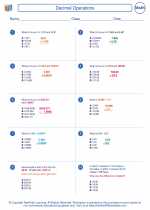Understanding Banknotes
Banknotes, also known as bills or paper money, are a type of currency issued by a central bank or government. They represent a specific value and are used as a legal tender for transactions. Banknotes come in different denominations, ranging from small values like $1 to larger values such as $100.
Design and Security Features
Banknotes are designed with intricate details and security features to prevent counterfeiting. These features may include watermarks, security threads, holograms, and special inks. Each denomination of banknote often has its unique design and features, making it easily recognizable.
Denominations
Banknotes are issued in various denominations to facilitate transactions of different values. Common denominations include $1, $5, $10, $20, $50, and $100. Each denomination has a distinct color and size, making it easy to differentiate between them.
Exchange Rates
When dealing with international transactions, exchange rates come into play. The value of a banknote in one country's currency may differ when exchanged for another country's currency. Exchange rates fluctuate based on various economic factors.
Study Guide
- History of Banknotes: Explore the evolution of banknotes and their role in the development of modern economies.
- Design and Security Features: Study the various security features incorporated into banknotes and how they help prevent counterfeiting.
- Denominations and Values: Learn about the different denominations of banknotes and their corresponding values.
- Exchange Rates: Understand how exchange rates work and the factors that influence them.
- Currency Conversion: Practice converting the value of banknotes from one currency to another using current exchange rates.
◂Math Worksheets and Study Guides Seventh Grade. Decimal Operations

 Worksheet/Answer key
Worksheet/Answer key
 Worksheet/Answer key
Worksheet/Answer key
 Worksheet/Answer key
Worksheet/Answer key
